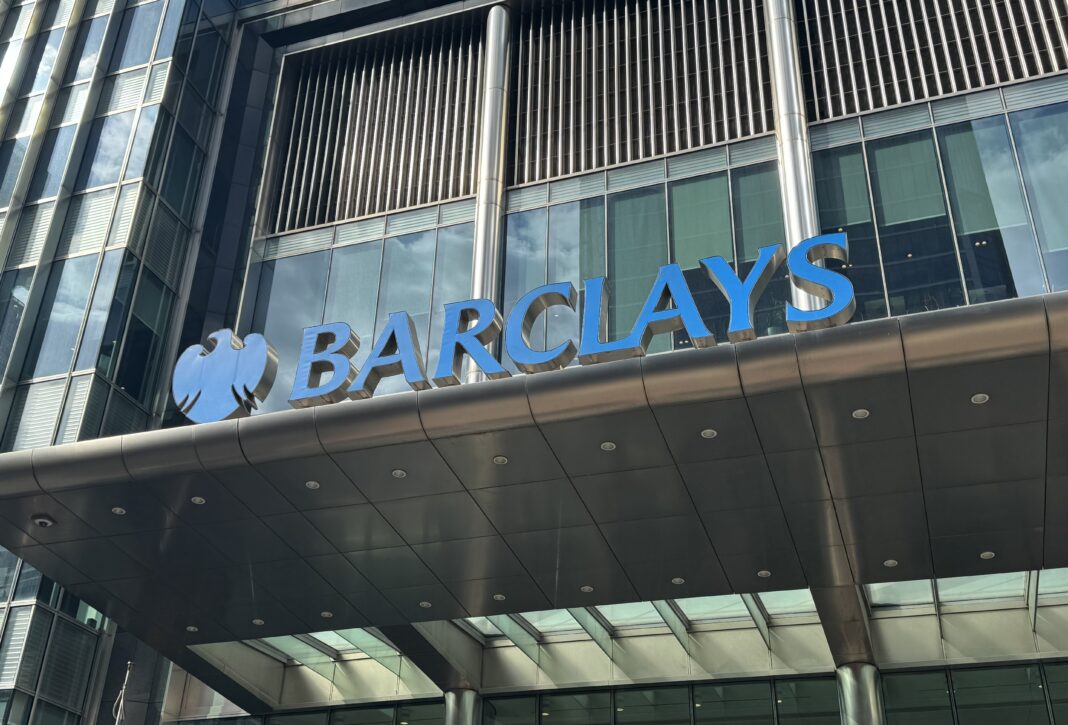The pace of growth in mortgage and rent spending slowed for the third consecutive month in May, according to new analysis from Barclays Property Insights, which combines internal bank data with consumer research.
Spending on rent and mortgages rose 4.6% year-on-year in May, down from 5.2% in April. Utility spending also increased, up 4.4% – the first annual rise in over a year, following April’s changes to the energy price cap.
Attention is turning to the growing cohort of homeowners preparing to remortgage. Of those who expect to refinance in 2025 – nearly a third of all mortgage holders – 72% anticipate higher repayments, with average annual increases of nearly £4,000.
Borrowers coming off 5-year fixed rates, set during the historically low-rate environment of 2020, are expected to be hardest hit.
RATE INCREASES

Jatin Patel, Head of Mortgages, Savings and Insurance at Barclays, says: “Homeowners nearing the end of a 5-year fixed-rate mortgage are preparing for an increase in their monthly repayments… prompting many to weigh up the certainty of a longer-term fix against the flexibility of a variable or tracker product.”
Following the Bank of England’s recent rate cut, 35% of those remortgaging are considering longer fixes, while 25% are open to reverting to Standard Variable Rates and 7% are exploring trackers – suggesting many are positioning for further rate reductions.
Meanwhile, renters remain committed to homeownership, though challenges persist. A fifth are actively saving for a deposit, averaging £255 per month, with most expecting it to take 4.5 years to reach their target. However, 58% say they’ll need inheritance or family support to buy.
BUYERS’ MARKET
In the sales market, the balance of power has shifted slightly towards buyers. Two-thirds of those who made an offer in the past year bid below asking, with average discounts of nearly £4,000. Sellers, in turn, are accepting an average of £6,818 under the listed price.

Will Hobbs, Managing Director at Barclays Private Bank and Wealth Management, adds: “We remain a little more upbeat on the UK’s economic outlook than many.
“That more optimistic tilt rests on the aggregate balance sheet strength of the UK’s households as well as still brisk real wage growth for those in work.
“Unemployment is low and this latest hump in inflation is unevenly fading, which should allow interest rates to continue to trickle lower in the quarters ahead.”










